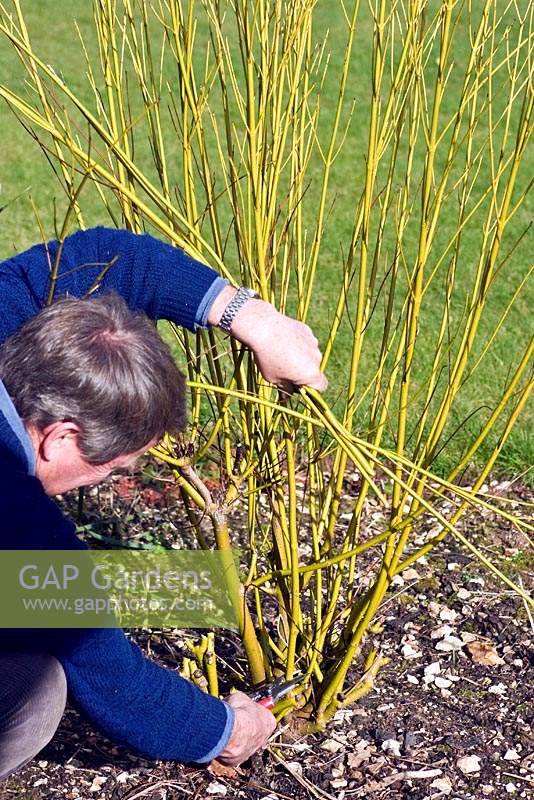

It has its ecological niche on rather dry, calcareous slopes, because larger trees, which could dispute its light, no longer grow on such soils. In the great outdoors, the cornelian cherry is a site specialist. The location for the cornelian cherry should be sunny to semi-shady. As soon as the fruits are deep red and slightly glassy and the fruit juice emerges at light pressure, the optimum ripening stage is reached. In the case of wild game, however, this is only around 15 percent, so that fruit acid still dominates the taste. Let the approximately two centimetres long, oval, glossy red stone fruits ripen well, because, similar to grapes, they only reach their highest sugar content when fully ripe. The hermaphroditic flowers of Cornus mas stand in small, spherical umbels and appear long before foliage growth.ĭepending on the climate and location, the edible cornelian cherries are ready for harvest between the end of August and the beginning of October. The cornelian cherry can be identified without any doubt even by the layman from the end of February, beginning of March, because then it opens its small yellow flowers – one of the first spring greetings from the realm of trees and bushes, which is eagerly awaited by insects. In autumn the foliage often turns yellowish to red-orange. The foliage is shiny green above, the lower side usually somewhat lighter. The leaves of the cornel cherry are deciduous and oval to elliptic in shape. Every year Cornus mas grows about 30 centimetres in height and 25 centimetres in width, making it one of the slow-growing woody plants. In its unleafed state, the cornelian cherry is easily recognisable by its light, slightly corky and fibrous bark and its strikingly thin, green twigs with pointed, opposite buds. Over time, the shrub can reach the same width. The cornelian cherry can grow to a height of six to eight metres and usually grows with several stems, rarely with one stem like a tree. To this fact the cornelian cherry owes also the botanical species name “mas”, which means translated as male. The reason for the decline in the cornelian cherry population was the coveted wood, in addition to the emerging viticulture: it is one of the hardest wood species in Europe along with yew wood and is so heavy that it sinks into the water. Today, small-scale natural occurrences of Cornus mas can only be found in the southern Harz Mountains, in the Eifel and Lower Rhine, in the Saar-Moselle region as well as on the Main, Danube and Saale rivers. In the United States, the Cornelian Cherry was replaced centuries ago by many natural sites. The shrub was originally native to the Caucasus and migrated to Central Europe after the ice ages. Accordingly, it belongs to the family of the Hartriegelgewächse (Cornaceae) like all other types of this type. Mas meaning male, derived form another of its names the Male Cornel (given to this plant by John Gerard in 1597).The Cornelian Cherry (Cornus mas), also called Herlitze or Dirlitze in the vernacular, is neither related to the sweet cherry, nor to the sour cherry, but a dogwood species.

The etymological root of the binomial name Cornus is derived from the Latin cornus meaning ‘horn’, due to its dense properties and was originally the old name for this plant. The fruit will not ripen fully on the plant and must be kept after harvesting. The fruit needs to be fully ripe before a palatable flavour is produced and its astringent qualities abate. It is grown for its fruit in south east Europe where it is popularly used to make preserves. In ancient Greece it was valued for its wood (which sinks in water) which was used to make tools, weapons and even machine parts. The leaves of the plant are ovate and dark green and will sometimes give excellent autumn purple colours.Ĭornus mas, commonly known as the Cornelian Cherry or European Cornel, is native to southern Europe and southwest Asia where it has been cultivated since ancient times. Oblong, cherry red edible fruit follows these and are produced in autumn. The umbels are about 2cm across and made up of tiny star shaped yellow flowers.

In England it will produce umbels on bare branches in winter before the new shoots are produced. Certain cultivars or pruning techniques may result in a more tree like appearance. Hardiness: 4a, 4b, 5a, 5b, 6a, 6b, 7a, 7b, 8a, 8b, 9aĬornus mas is a large shrub or small tree that has an open, spreading habit.
PRUNING CORNUS MAS FULL
Position: Thrives full sun to partial shade


 0 kommentar(er)
0 kommentar(er)
